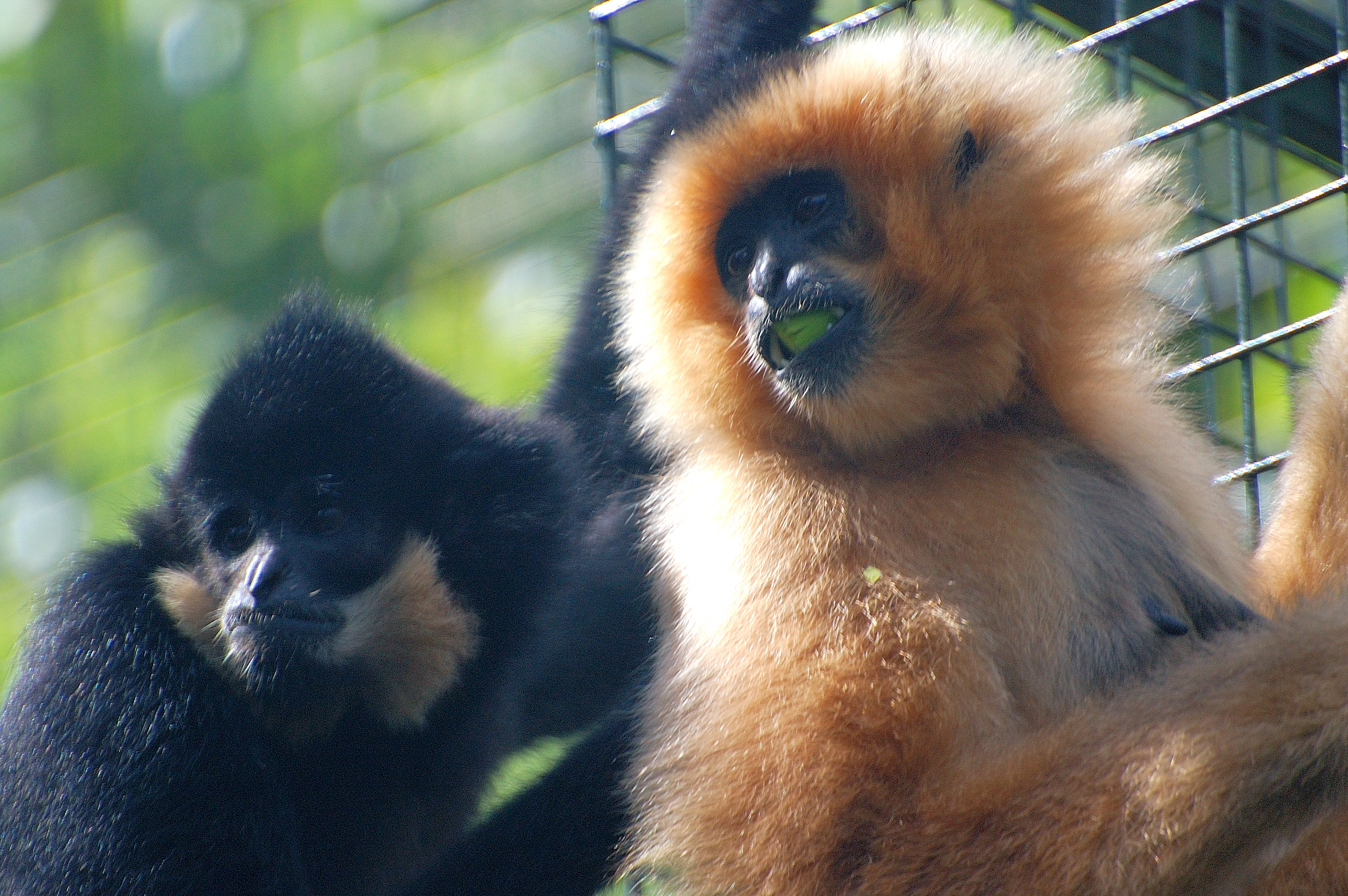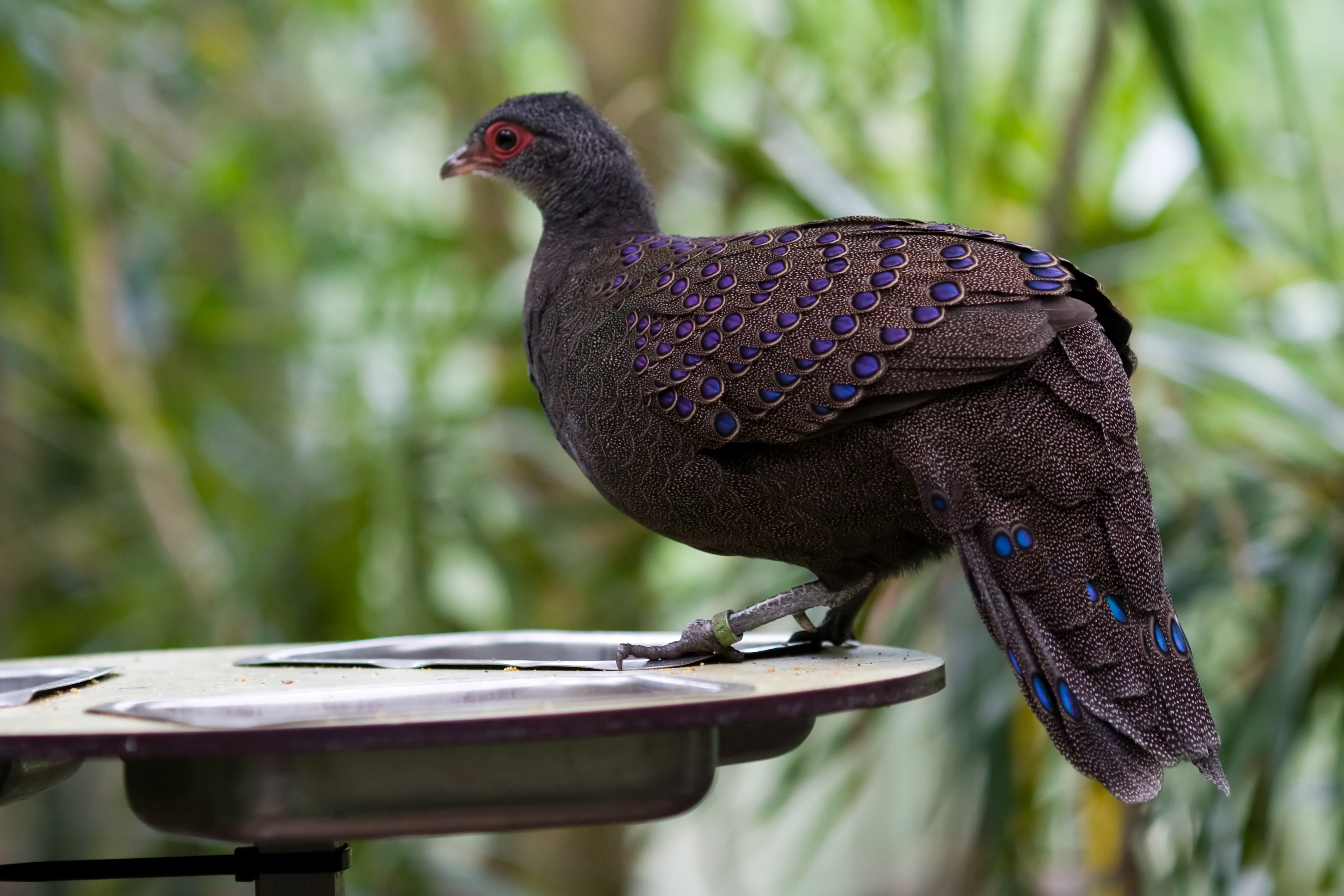Bù Gia Mập National Park on:
[Wikipedia]
[Google]
[Amazon]
Bù Gia Mập National Park (



Vietnamese language
Vietnamese ( vi, tiếng Việt, links=no) is an Austroasiatic languages, Austroasiatic language originating from Vietnam where it is the national language, national and official language. Vietnamese is spoken natively by over 70 million people, ...
: Vườn quốc gia Bù Gia Mập ) is a national park
A national park is a nature park, natural park in use for conservation (ethic), conservation purposes, created and protected by national governments. Often it is a reserve of natural, semi-natural, or developed land that a sovereign state dec ...
in the province of Bình Phước, Vietnam
Vietnam or Viet Nam ( vi, Việt Nam, ), officially the Socialist Republic of Vietnam,., group="n" is a country in Southeast Asia, at the eastern edge of mainland Southeast Asia, with an area of and population of 96 million, making i ...
.
The Bù Gia Mập National Park covers an area of 26,032 ha. The park has a 15,200 ha buffer zone area. Until 2002, the area was officially a conservation area, before the incumbent Prime Minister declared it a national park on November 27.
Much of the Bù Gia Mập National Park lies in the southern reaches of the Central Highlands. The highest point in the area is 700 meters above sea level. The national park is fed by numerous river systems, including the Dak Huyet and Dak Sam rivers. The headwaters of the hydropower projects of the Thac Mo and Can Don also lie within the park.
Flora
The Bù Gia Mập National Park contains a total of 724 plant species. The park has an extensive area of primeval forests. The predominant species here are oil plants, perfumed wood, and rosewood. A total of 278 plant species of medicinal value have been recorded here.Mammals
In 2000, the Wildlife Conservation Society Cambodia Program and various other organizations survey conducted in the southern Mondulkiri province of Cambodia, an area in the vicinity of the Bù Gia Mập National Park. The result was the confirmation of the presence of several globally threatened mammal species. This was taken as a strong evidence for the presence of the same species in the neighboring Bù Gia Mập. Some of the important species recorded wereblack-shanked douc
The black-shanked douc (''Pygathrix nigripes'') is an endangered species of douc found mostly in the forests of Eastern Cambodia, with some smaller populations in Southern Vietnam. The region they are mostly found in is called the Annamite Range, ...
, yellow-cheeked crested gibbon and gaur.
Birds
The avifauna of the Bù Gia Mập National Park has not been studied thoroughly, but there is strong evidence for the presence of the Germain's peacock pheasant. The park also has the ideal habitat for theorange-necked partridge
The orange-necked partridge (''Arborophila davidi'') is a species of bird in the family Phasianidae. It is found in eastern Cambodia and southern Vietnam. Its habitats are lowland forests, shrubland, and plantations. It was described in 1927 and ...
.


References
{{DEFAULTSORT:Bu Gia Map National Park National parks of Vietnam Geography of Bình Phước province